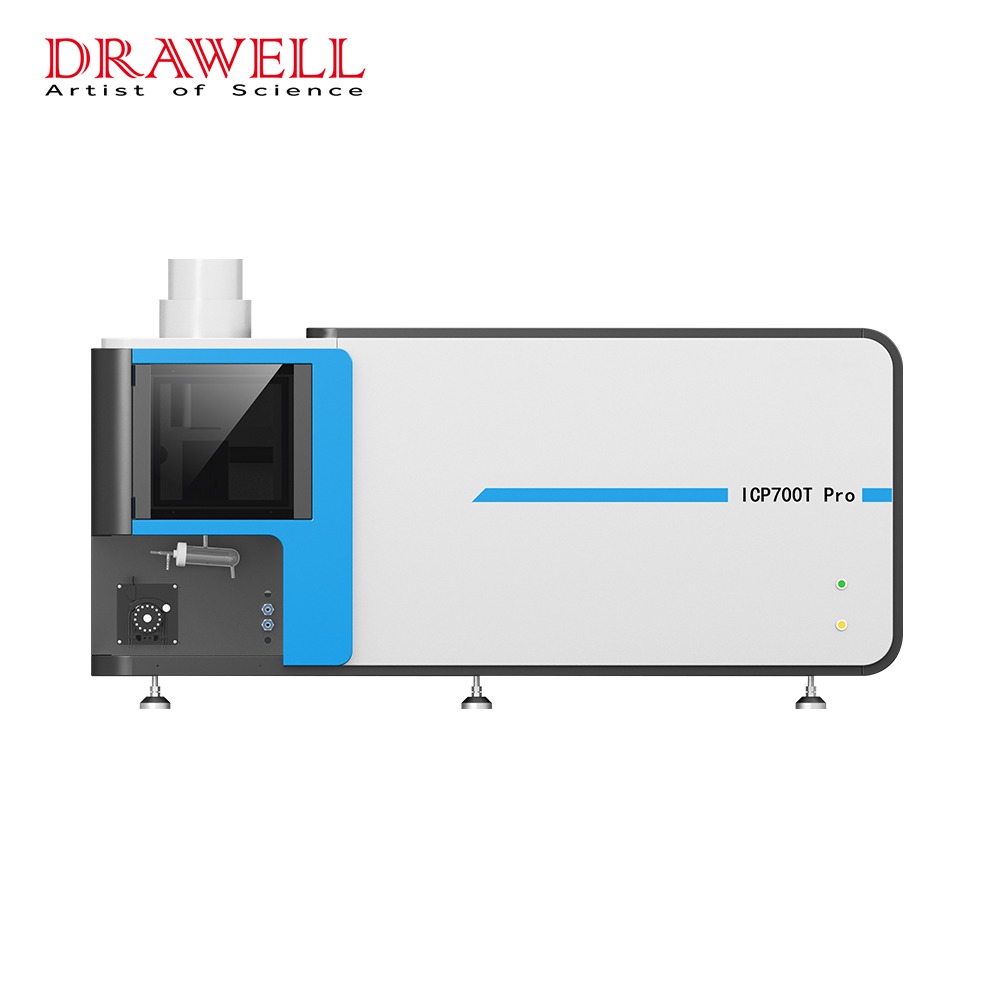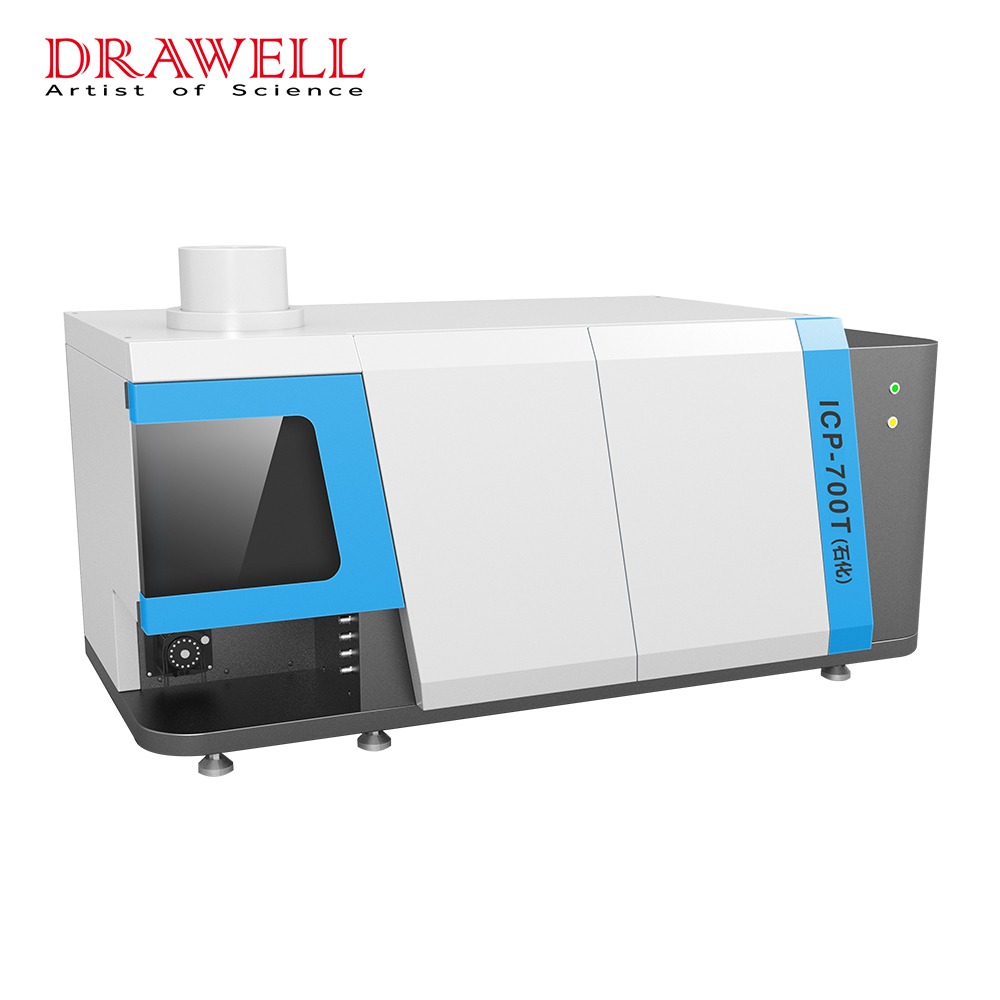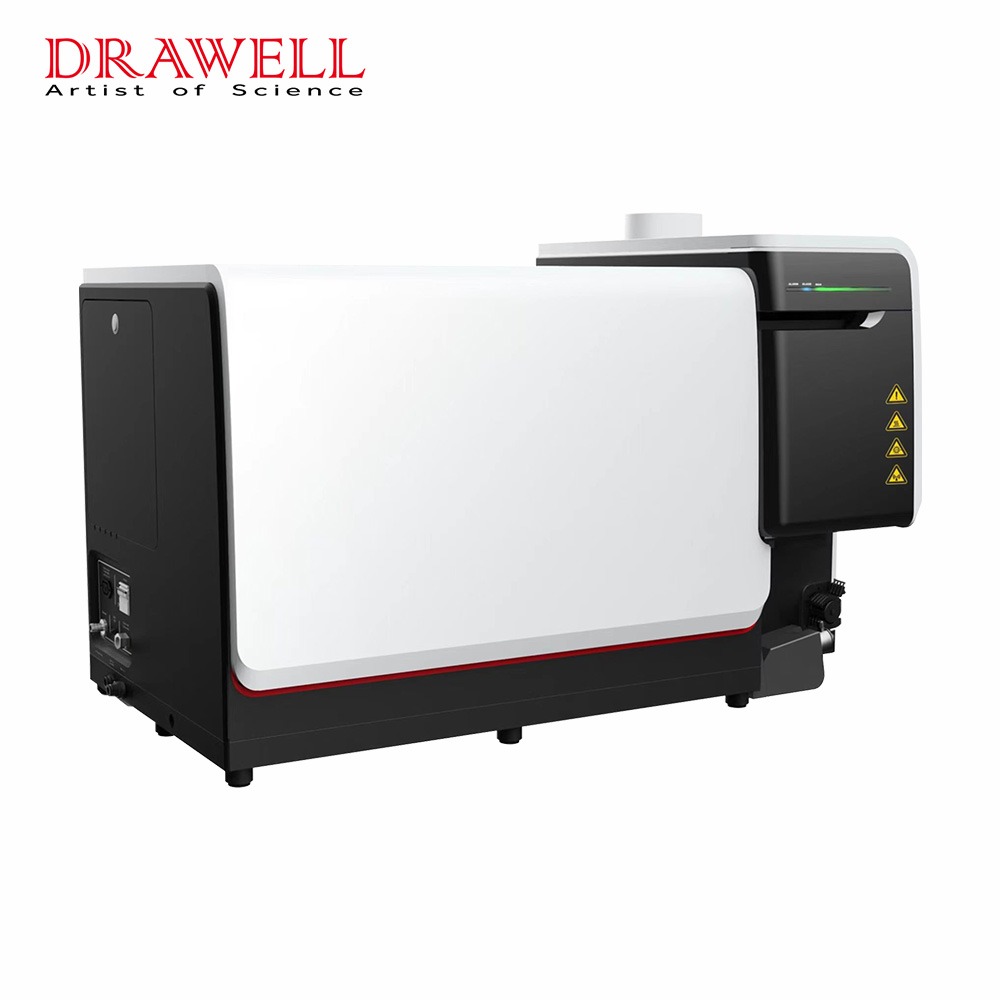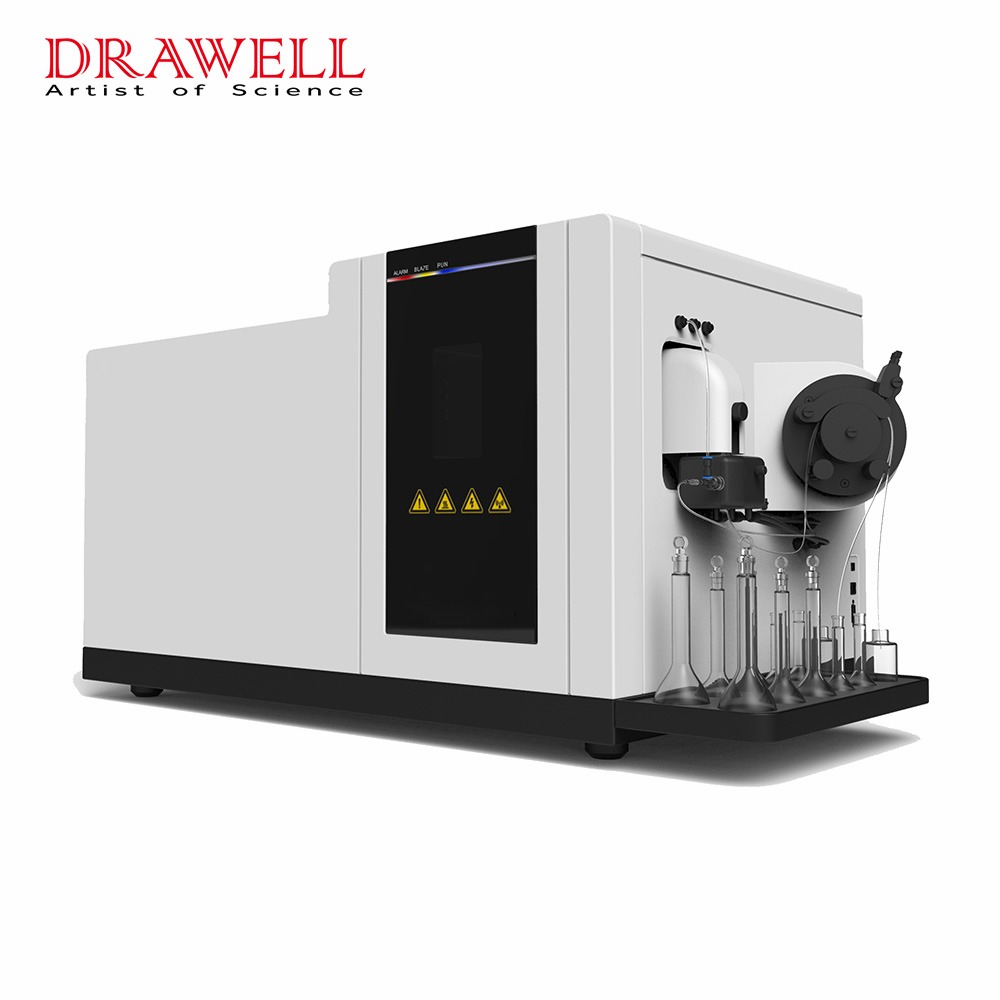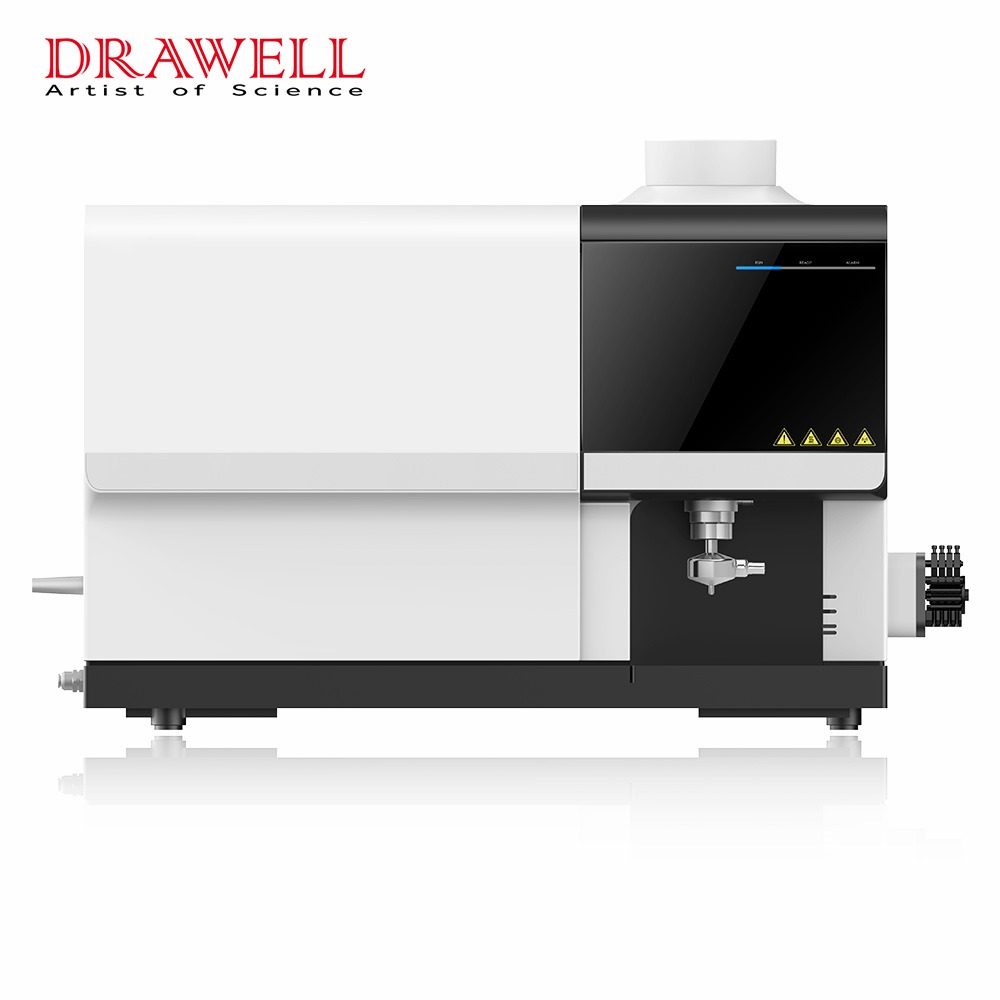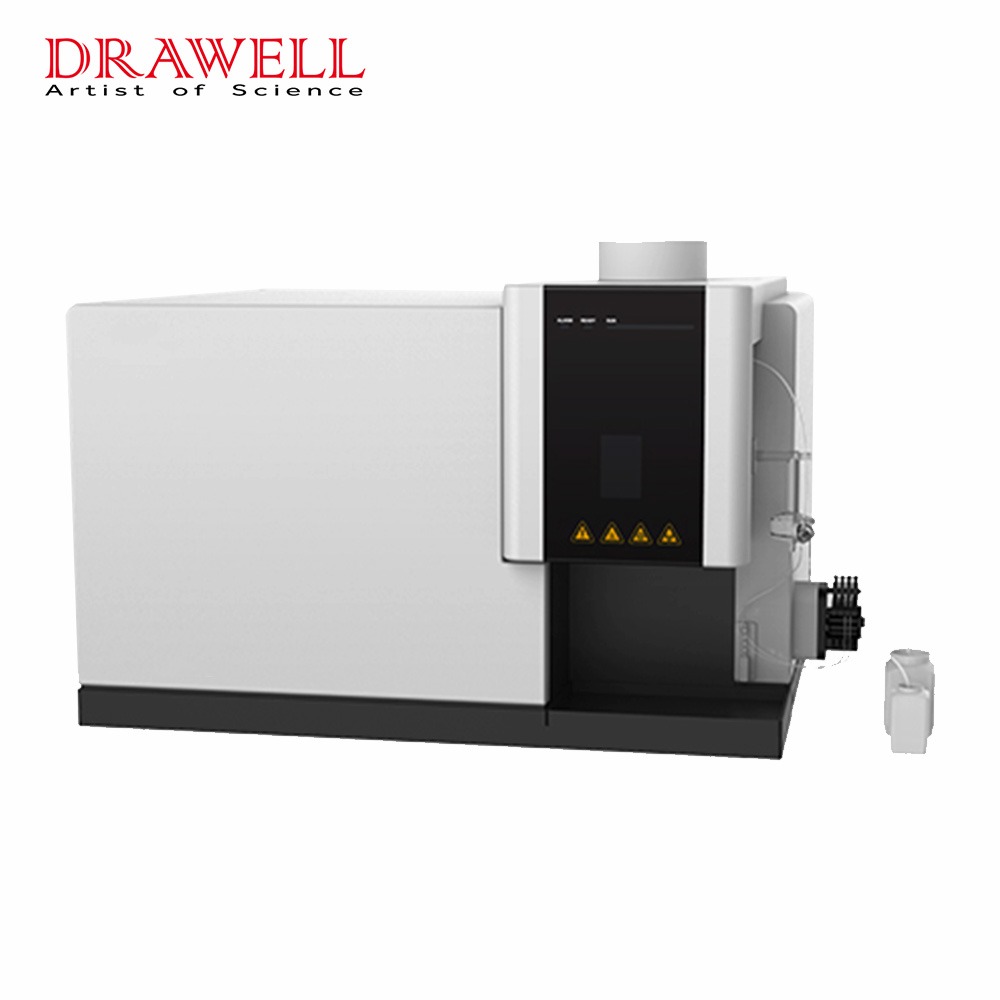ICP-OES (Inductively Coupled Plasma Optical Emission Spectroscopy) and ICP-MS (Inductively Coupled Plasma Mass Spectrometry) are two widely used techniques in elemental analysis. They both offer valuable insights into the composition of various samples, but understanding their differences is crucial for selecting the most suitable method for specific analytical needs. In this article, we will delve into the seven key differences between ICP-OES and ICP-MS, shedding light on their respective strengths, limitations, and applications. Whether you are a scientist, researcher, or analyst, this comparison will help you make informed decisions when it comes to elemental analysis.
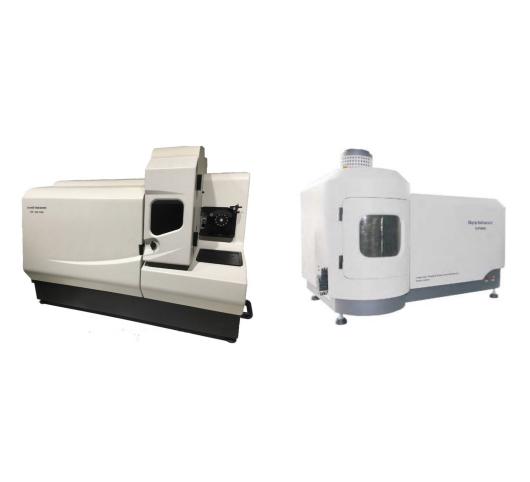
1. Principle and Working Mechanism in ICP-OES VS ICP-MS
ICP-OES: ICP-OES measures elemental concentrations by exciting atoms in a sample using an inductively coupled plasma source and then detecting the emitted light at characteristic wavelengths.
ICP-MS: ICP-MS measures elemental concentrations by ionizing the atoms in a sample using an inductively coupled plasma source and then separating and detecting the ions based on their mass-to-charge ratios.
2. Detection Limits and Sensitivity in ICP-OES VS ICP-MS
ICP-OES: ICP-OES typically has higher detection limits compared to ICP-MS, ranging from parts per million (ppm) to parts per billion (ppb).
ICP-MS: ICP-MS offers lower detection limits, typically in the parts per trillion (ppt) range, making it more sensitive for trace elemental analysis.
3. Elemental Range and Resolution in ICP-OES VS ICP-MS
ICP-OES: ICP-OES covers a broad range of elements, including metals and non-metals. It offers moderate resolution, allowing the measurement of multiple elements simultaneously.
ICP-MS: ICP-MS has a wider elemental range, including both major and trace elements. It provides excellent resolution, enabling the measurement of isotope ratios and the determination of isotopes.
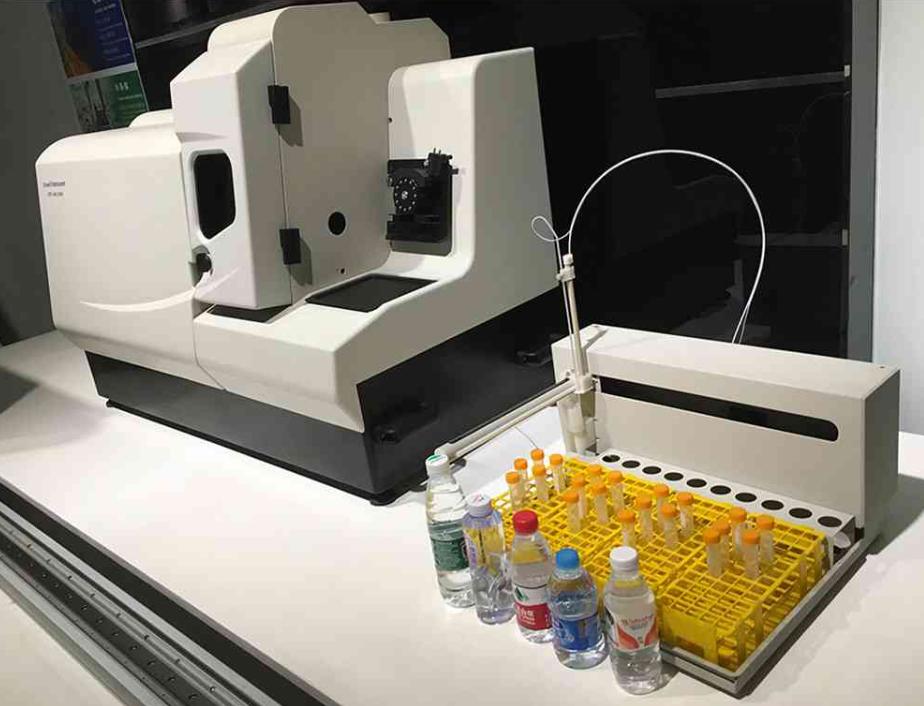
4. Sample Throughput and Analysis Time in ICP-OES VS ICP-MS
ICP-OES: ICP-OES generally has higher sample throughput due to its faster analysis time. It can analyze multiple samples per hour.
ICP-MS: ICP-MS has a lower sample throughput compared to ICP-OES because the analysis time for each sample is longer due to the additional steps involved in ionization and mass separation.
5. Matrix Effects and Interference Management in ICP-OES VS ICP-MS
ICP-OES: ICP-OES is more susceptible to matrix effects and interferences due to spectral overlap. Techniques like background correction and standard addition may be used to mitigate these effects.
ICP-MS: ICP-MS is less prone to matrix effects, but it can still experience isobaric interferences. Collision/reaction cell or high-resolution mass spectrometry can be employed to minimize these interferences.
6. Cost Considerations in ICP-OES VS ICP-MS
ICP-OES: ICP-OES instruments are generally less expensive compared to ICP-MS systems. They have lower operational costs and require fewer consumables.
ICP-MS: ICP-MS instruments are more expensive, both in terms of initial purchase and ongoing maintenance. They require specialized consumables and gases, increasing the operational costs.
7. Applications and Suitability in ICP-OES VS ICP-MS
ICP-OES: ICP-OES is suitable for routine analysis of elements at higher concentrations in various industries, such as environmental monitoring, pharmaceuticals, and food testing.
ICP-MS: ICP-MS is ideal for trace elemental analysis and isotopic ratio determination in fields like environmental analysis, geochemistry, nuclear science, and forensics.

Conclusion
In conclusion, the comparison between ICP-OES and ICP-MS reveals significant differences in terms of principles, detection limits, sensitivity, elemental range, resolution, sample throughput, interference management, and cost considerations. ICP-OES excels in the rapid analysis of elements at higher concentrations, making it suitable for routine analysis in various industries. On the other hand, ICP-MS offers superior sensitivity, lower detection limits, and excellent resolution, making it ideal for trace elemental analysis and isotopic ratio determination. The choice between ICP-OES and ICP-MS ultimately depends on the specific requirements of the analytical task at hand.
As elemental analysis continues to play a critical role in fields such as environmental monitoring, pharmaceuticals, geology, and forensics, understanding the differences between ICP-OES and ICP-MS empowers scientists and analysts to select the most suitable method for their specific applications. By harnessing the power of these advanced analytical techniques, researchers can unlock new insights into the elemental composition of diverse samples, driving innovation and progress across numerous industries.

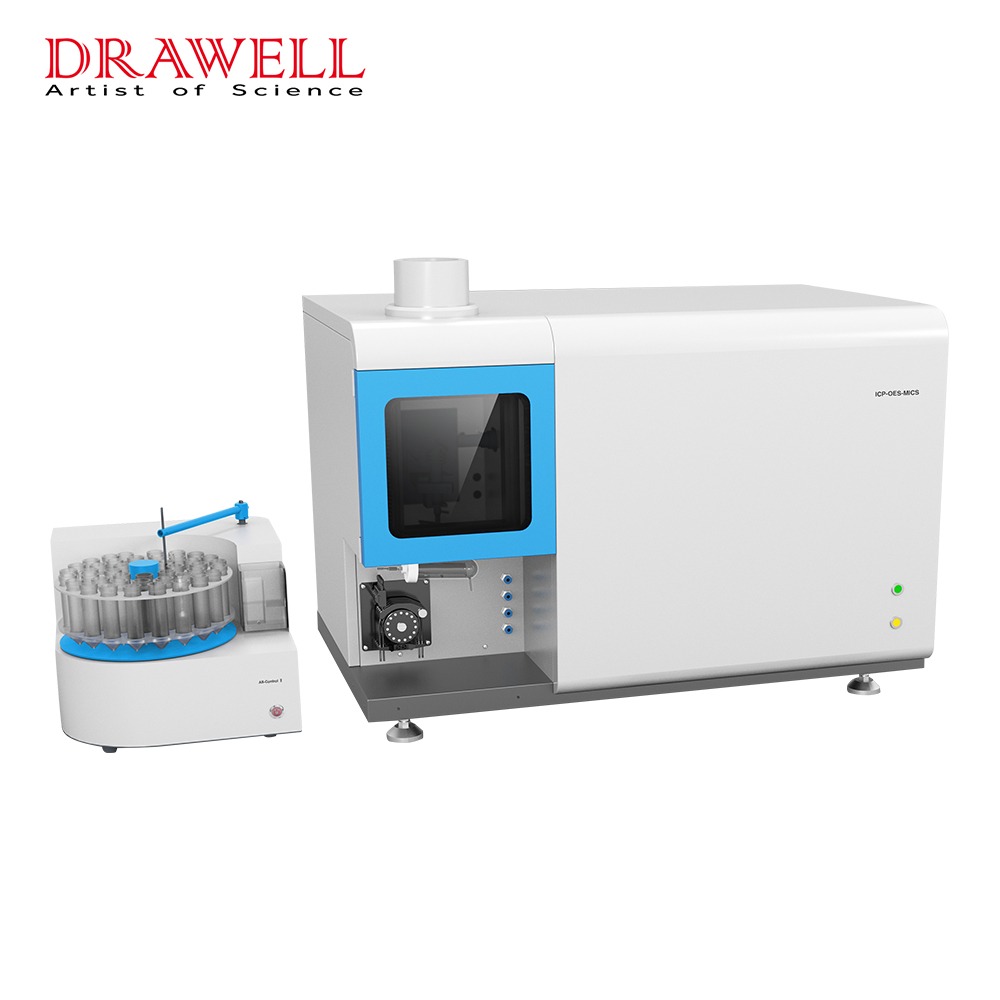
2.jpg)
